Creative in a candy shop.
The world is filled with awesome tools. If you’re a creative person, like I am – these tools and technologies always catch our gaze. They twinkle brightly, sweet candies for us to snatch as we’re walking down the infinite aisles of the internet. Because of this, we’re always embarking on new projects – seeking that lighter-than-air feeling when our vision takes life.
This article was originally intended to help people finish software projects, but I realized it could be extended to all sorts of things. Startup businesses, content generation, design, music, art – you name it.
Early on in my career, I was struggling with finishing any of my personal projects (professional work didn’t seem to suffer the same effects, but that’s another discussion). I have a folder on my machine with what I consider to be a graveyard of applications, the result of a partial effort with a vast array of technologies.
After a while, I came to a realization. Creative effort that is partially complete might as well not exist altogether. Our unfinished projects gather dust, never to be seen by the masses. The reason we make things is to share them with others, and the possibilities are endless when we do.
You might make someone’s day. You might impact someone’s life.
You might just change the world.
None of this can happen if they’re incomplete. It’ll just be a fragment. A morsel of a dream not yet realized.
Don’t let this happen to you.
I started becoming aware of productivity traps that would hamper my efforts and cause a project to get discarded. So here are a few things that I’ve found will help anyone stay on track and make amazing things.
Start with what makes your project special.
There are many moving pieces to every project out there. For instance, if you’re building an application by yourself, you’ll need to think about your choice of technologies, how you’ll deploy it, its design and user experience, marketing so that people can see it, and its monetization strategy. That’s a lot of stuff, isn’t it? It’s very easy to get caught up in some of these topics and spin your wheels on the ‘what ifs.’
Attempting all these things at once is a heroic effort, but one made in vain. This mindset was a tremendous damper on the projects I would try to build. I would get stuck on designing sexy user interfaces and neat interactions. I would write out copy for the landing pages and design logos. The problem is that these things take a lot of time and effort. I would exhaust my energy on the details and never get to the meat of the project. This is a huge problem – our projects and work should always be prioritized by their core function.
The process of figuring out which things make our project special is relatively simple, there are only three questions you must ask yourself.
1. What parts of the project must be done in order for this project to be special?
You might know these as the components of the key value proposition. It can be easy to lose sight of that when we work alone. I’ve found that when focusing on these first, I’m able to breathe life into the project.
For instance, when developing a mobile application for a fortune teller based off human movements, I knew that it needed to have a movement detection algorithm based on accelerometer data.
When creating a day planner web app, I knew I wanted it to have an easy & intuitive interaction design allowing the user to drag items and resize them.
This concept is the same for non-tech ideas. Research and validation should be performed first on the components which make the idea unique.
If you’re starting a food stand in a busy part of the city, start with making delicious food – not with the marketing, the monetization, or the supply chain. Invest in making the end result valuable to the world, and then validate that it actually is.
If you’re starting a blog, don’t spin your wheels on how you’re going to distribute your content or create your logo – start with what makes your blog special from the millions of others and plan your content!
2. Can it be done?
The question you’re trying to answer when you tackle these key value propositions head-on is: Can it be done?
This is so incredibly important. Why force an idea if it’s impossible?
Maybe the technology isn’t there yet to produce your amazing food consistently. Maybe the pallet of the local farmer’s market isn’t refined enough. Either way, you must figure this out early, and the sooner the better. You want to minimize the opportunity cost of not working on other things (or simply living your life).
There is no worse feeling than investing tremendous time & effort, only to find out that the original premise for your idea was flawed.
There’s a second psychological element of starting with what’s special. If you end up completing the special components of your project, you receive a huge boost in morale in motivation. You’ve shown that the most crucial part of your project can be executed and that you did it alone. I’ve found that this carries you forward into the later stages of the project, building off of successive successes (try saying that 3 times fast).
3. Is it worth trying?
Lastly, now that you have the most important pieces out of the way, you can begin sharing with others. You can’t necessarily do that if you started with something less important to the idea, for instance, having a website for your food stand doesn’t really mean it’ll be successful, BUT – if people try some of the food you made and they love it, you know you’re on the path to success!
Early validation is a great thing in personal projects – not only can you form an opinion on the work so far, but others can help further shape your idea to become more attractive.
And if you find that the idea didn’t work, then you’re free to move on to another. That’s the beauty of it. You take the most important parts of an idea and give it your best effort. You will find out SOONER, not later, what the idea is worth!
That’s the beauty of it, you spent a relatively short amount of time on the important things, learned from them, and can now move on to new ideas.
Do it every day.
Building something by yourself is hard. I can’t help but bring software development into this, but taking an idea from start to finish requires a tremendous amount of legwork. When you’re developing an application you have to plan, design, and build the front and back end architecture, as well as deploy it, market it, and monetize it. Each of these has their own intricacies.
Both software development and personal projects have these aspects, and there is a ton you will need to do to get your project to a finished stage. This requires building a routine where you put aside time each day and make progress towards a goal.
When I was developing an idea I had for a new mobile app, I spent several hours a day writing code. The time I spent writing the application per day actually wasn’t all that important, it was the fact that I did something every day – keeping my mind focused on finishing the project.
For smaller projects, I recommend spending more time per day (3 – 5 hours), that way you have an uninterrupted block of time in which you’re learning & building, and at the end of 30 days you’re more or less done. For larger projects, I recommend a marathon approach, ensure you’re doing something every day, even if only for an hour or two.
How can you build a habit?
Set a time for yourself, and ensure you’re free every day to execute that habit. Set a reminder on your phone, and reject invitations to things. Make sure your mind is clear to work on the task at hand. It will get much easier over time.
Once you’ve built a habit, you have the choice to put more time and effort into it, as well as employing some flexibility. If you begin to become infatuated with the project, you realize that at an idle moment, you have the choice to work on it, and more often than not, you want to!
Design before execution.
Every idea is born from a vision. The natural mechanism of the brain is to imagine what the final outcome looks like before we can put our idea into words. This visual thinking is a real and present thing and is studied by Harvard Medical School. They found that we can have trouble controlling our overactive imaginations as they bleed into linear thought. I believe that the real power comes from channeling our imagination into design.
Just like artists, architects, and engineers plan their creations with a design document. We should be planning our creative projects in this way. Since we start with special, we first design & plan the defining characteristics of our idea.
Naturally, you might include the following:
- Description of the feature
- Sketch or picture of what it’ll look like
- How it contributes to the final vision
- The problem it solves
- How people interact with it
- How you might implement it
- What risks you might face while implementing it
- What risks you might face when it’s in use
- Possible workarounds or mitigation for these risks
You don’t necessarily need a formal document or 10-page report – getting your thoughts down on paper on how the idea might work and a sketch is sufficient most of the time. In terms of the human creative process, sketching is the best point of origination. When you have that idea come into your head, make sure to capture it on paper, even if you have a hard time drawing.
You can and should sketch anything. Not just art, or user interfaces – you can draw marketing automation & sales pipelines, the hierarchy of our team, the product/customer interaction.
I have had sketchbooks filled with ideas for the things I wanted to build (unfortunately, I may have only pursued about 25 percent), but it assisted me greatly throughout the process. There was no need to go back and rethink what the original vision for the project was. I have found that when you embark on something without a plan, it’s easy to get mired in the details of the moment.
When you’re planning, focus on planning; when you’re executing, focus on execution.
Avoid the engineering & design rabbit hole.
This is the most common trap I suffered in my inexperienced days. I would develop a single page of an application and continuously make it look better until I forced myself to move on to the next thing. Looking at the workflow for professional engineers, I see that it’s always better to start with the core functionality before dressing it up.
Even a skeleton of your project is fine, just do a simple layout of all the components in your project. Build your key features, and if the idea is worth pursuing, you can decide what to improve incrementally.
The second part of this is focusing on functionality but never being satisfied with the implementation. You would call this a perfectionist mindset, obsessing with the best ways to do things. It’s a gray area, but if you’re dealing with the issue of not finishing your projects, or you’re simply a beginner, getting your project to a point where it works is completely fine. Build off of it, and if it prevents any of the other special components in your exploration process, then go back and re-architect it.
Don’t get distracted by new stuff.
If you tried to utilize every latest technology, I’m sure you would go insane (I speak from experience). The number of releases and updates aren’t just hard to keep up with. They’re also new and shiny, and distract you from what you’re working on.
Creatives and engineers are very likely to fall into this trap. They see their peers using new tools and immediately feel like they’re missing out on something.
However, once you work with enough tools or mediums, you begin to realize that the end result is all that matters – each tool has its benefits or quirks, and it’s up to you to know how to use it correctly.
Don’t get caught up in your tools, unless they are needed for what makes your project special. For everything else, take the easiest and quickest path to completion.
Drive it to completion – you’re not done till you’re done.
So you’ve built out 80% of your project? Congratulations!
You still have a ways to go to share it with others.
There are two challenges you need to solve
- How to get it out to as many people as possible (specifically the people who would respond to your project)
- How to build a system of feedback so you can continue to improve your creation
In future articles, I will show you the process in which we find and contact these people on a massive scale, similar to how I curated a list of 2,000 recruiters in my article on SXSW.
In the software world, this means working with cloud platforms to deploy your projects in a scalable manner and then setting up content management systems to have continuous contact. In the art world, it might mean making connections with a gallery and then promoting the hell out of your art. But once you’ve created something, you need to make it work for you. It needs to be on your portfolio. Share it with everyone you meet.
It’s a piece of you, and you finished it.
Sharing your project is sharing yourself. Show the world who you are.
Conclusion
Pursuing your own projects takes reserved courage. You don’t have the backing of a team, a boss, or a company that’s got “everything figured out.” Instead, you figure it out for yourself. It’s a journey full of unknowns. From one stranger to another, despite not knowing you personally, know that I believe in you – and the only person who really needs to believe in you is yourself.
Sarim Q, known as the tech.romantic, is a professional & creative coach for the tech, art, and entrepreneurial spaces. He shares personal strategy with ambitious readers, giving advice on productivity, networking, marketing/branding, technology, and startup strategy. After working with global consulting firms, startups, and running his own digital agency, he now offers his professional approach to personal pursuits. He is the Co-Founder of Socio, an experimental new social education platform, where you learn secrets of self, how to gracefully navigate social groups, and the process of building a legacy of your own.



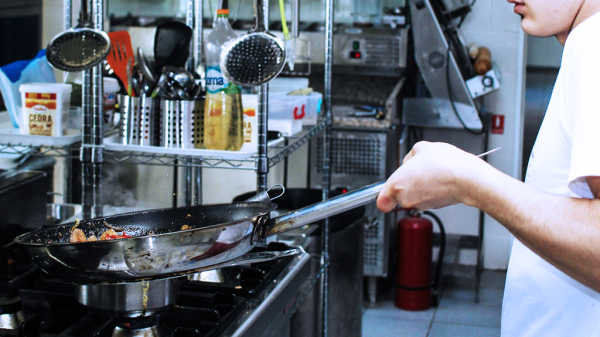


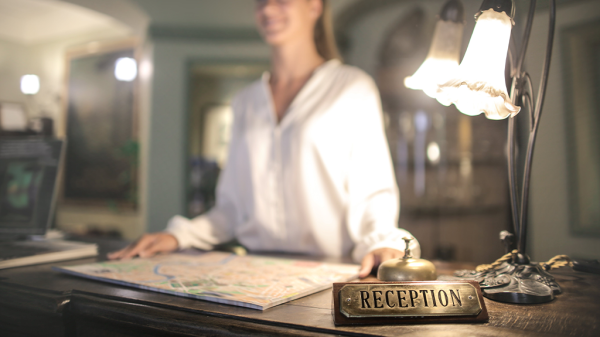









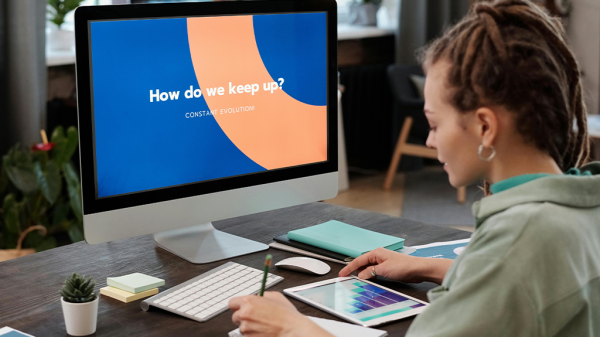
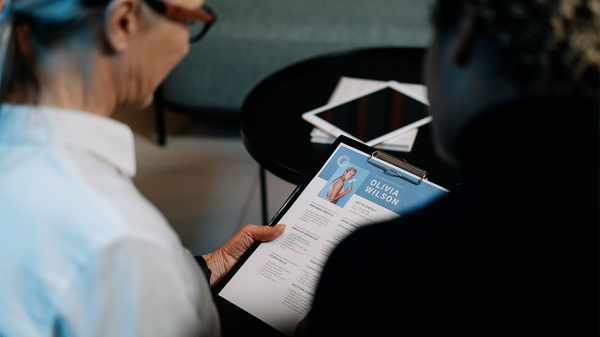
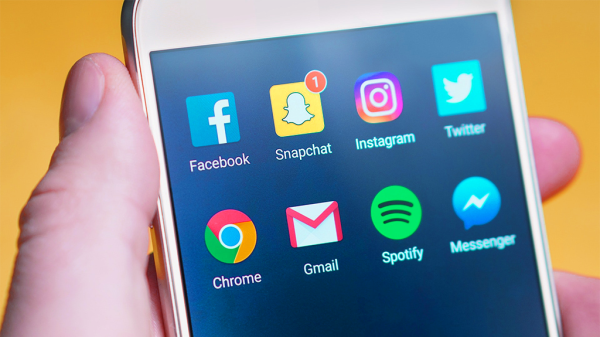
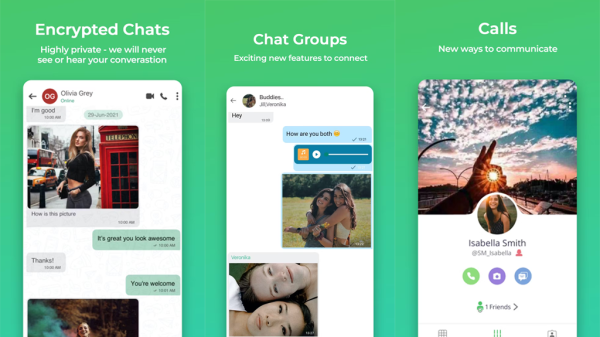
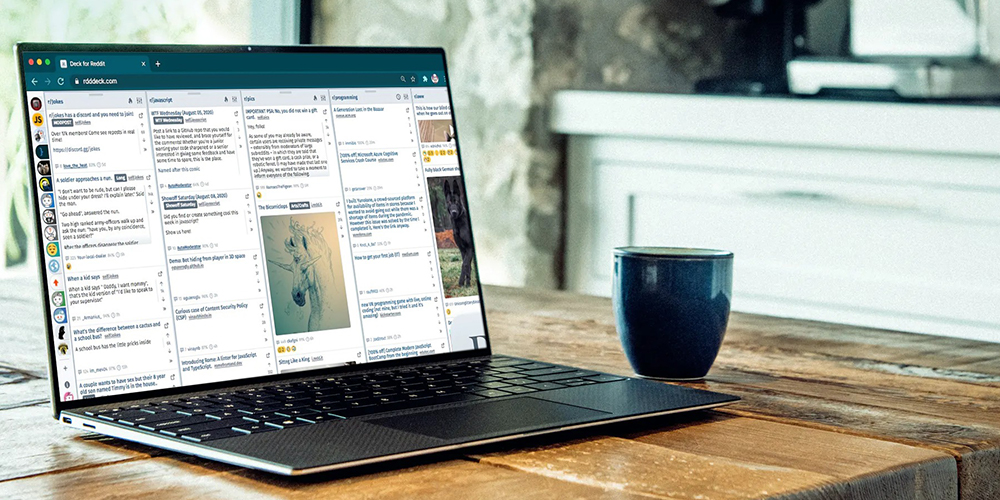


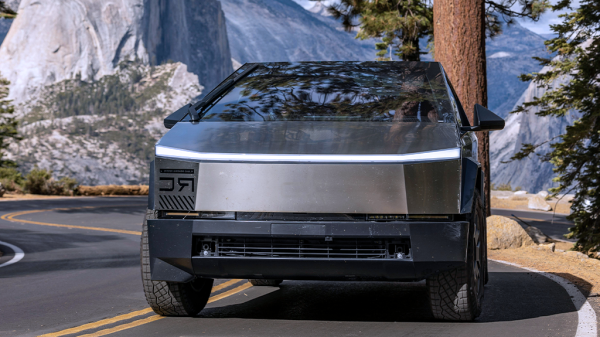
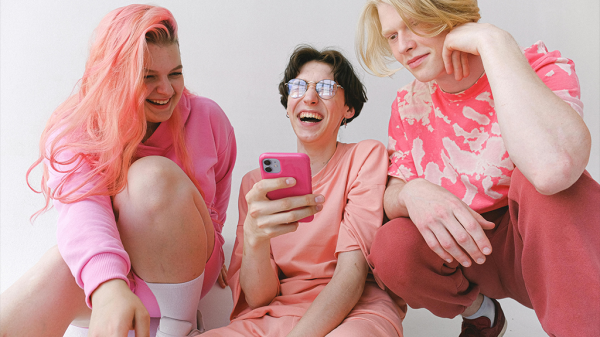

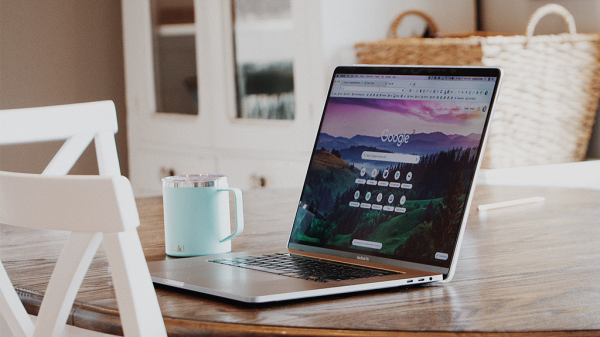
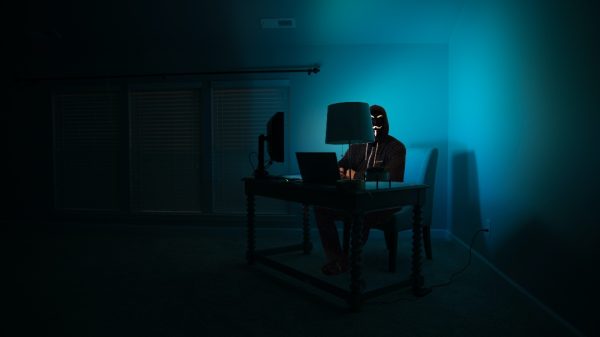

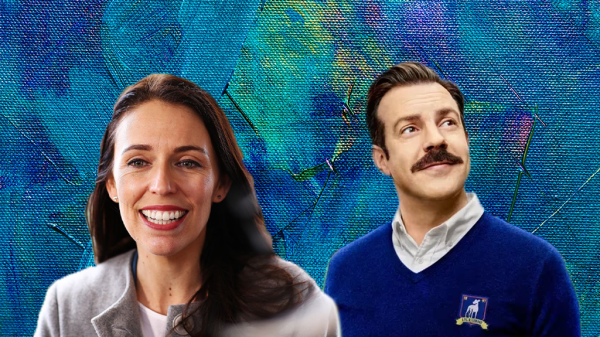

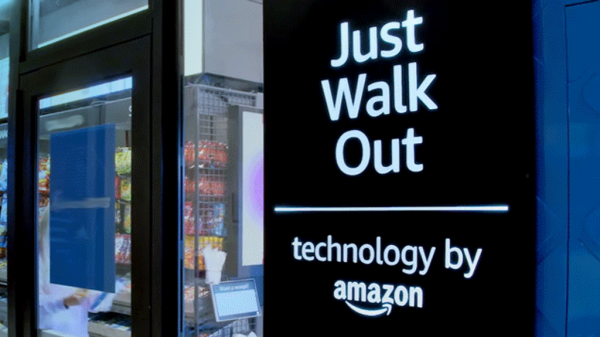








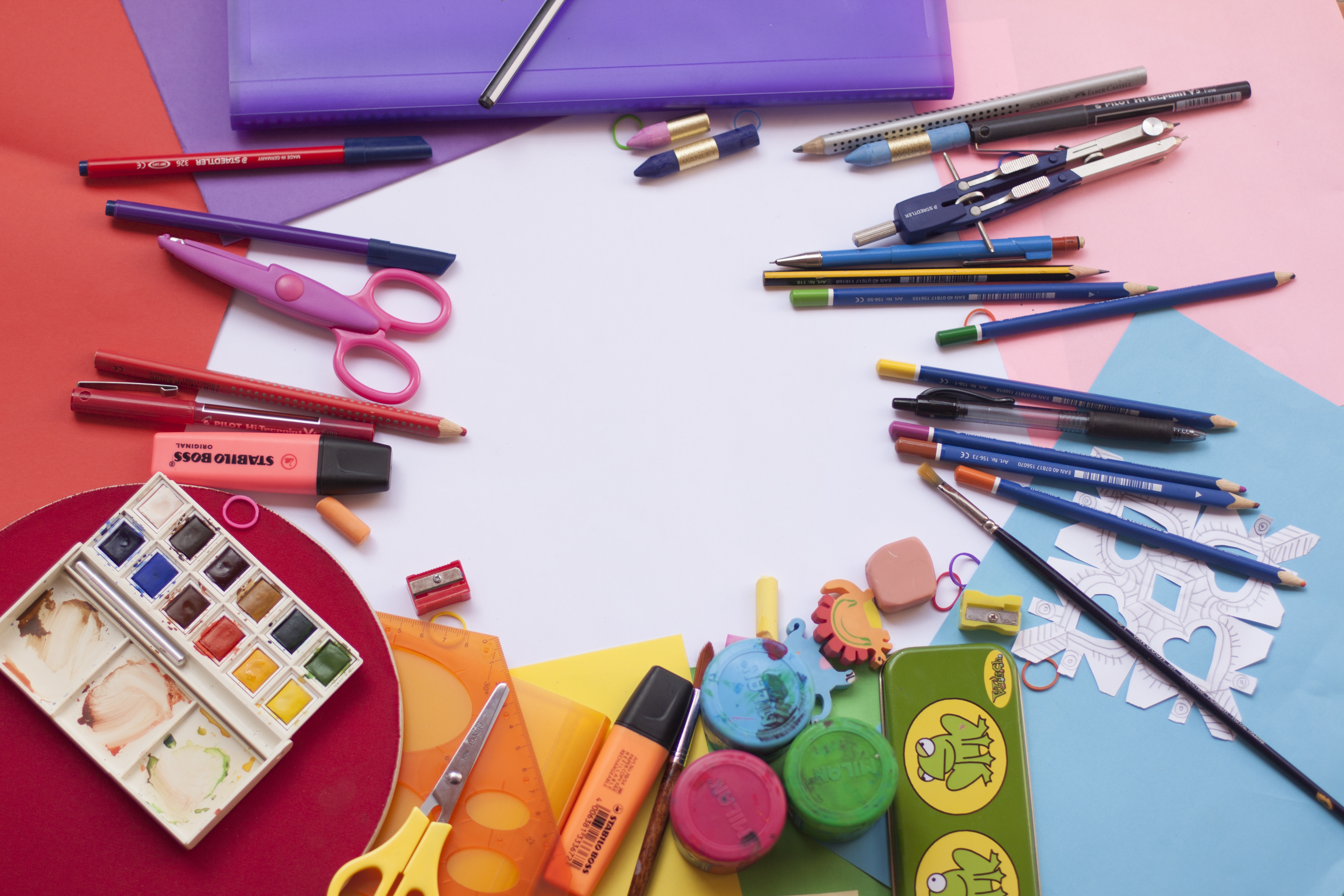

Pingback: Starting with special - how to actually finish your projects - The American Genius - DailyMarketingHub.com
Pingback: 10 Productivity tips to get the most out of yourself and your team